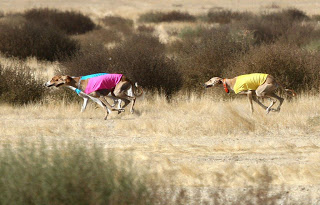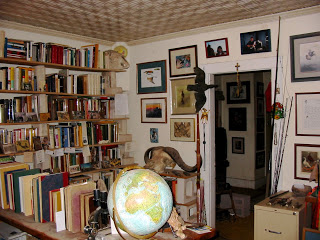 I really enjoyed this article in the NY Times about horses in Pleistocene cave art. From what I have seen in the literature, most researchers seem to believe that animals represented in Eurasian cave art are accurate depictions of the animals living in our ancestors’ environment. For example, in The Nature of Paleolithic Art, Dale Guthrie uses information from cave art to produce maps that plot variation in coat color and marking patterns for various species.
I really enjoyed this article in the NY Times about horses in Pleistocene cave art. From what I have seen in the literature, most researchers seem to believe that animals represented in Eurasian cave art are accurate depictions of the animals living in our ancestors’ environment. For example, in The Nature of Paleolithic Art, Dale Guthrie uses information from cave art to produce maps that plot variation in coat color and marking patterns for various species.
One group of researchers however, believed that some animals represented may be more symbolic, diverging from reality or representing rare or even mystical creatures. Among these possible symbolic creatures were spotted horses, well known from Pech-Merle Cave.
The article tells us that recent DNA analysis has shown though, that Pleistocene horses had three color patterns: spotted or dappled; blackish ones; and brown ones. And these are the patterns that appear in cave art. People were drawing horses they actually saw – not “spirit horses.”
So there is another vote for research like Guthrie’s, assuming these are accurate representations of nature in the Pleistocene.
Also though, being a Faulkner fan, I was reminded of his novella entitled Spotted Horses.




















